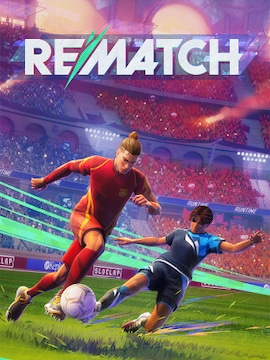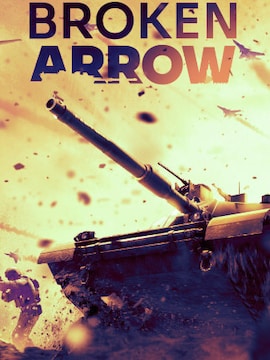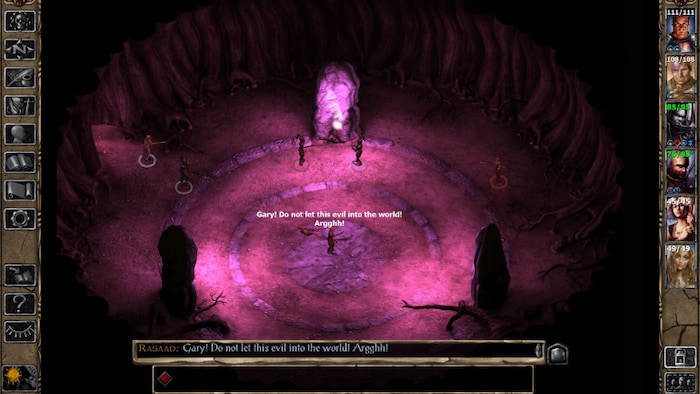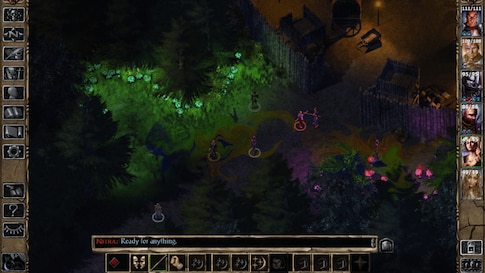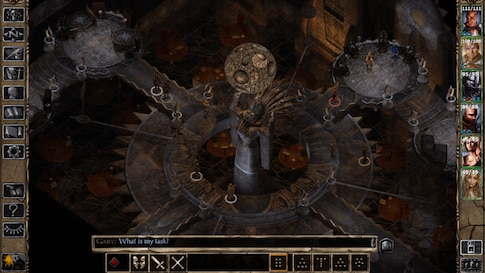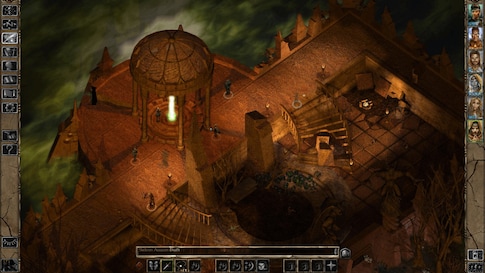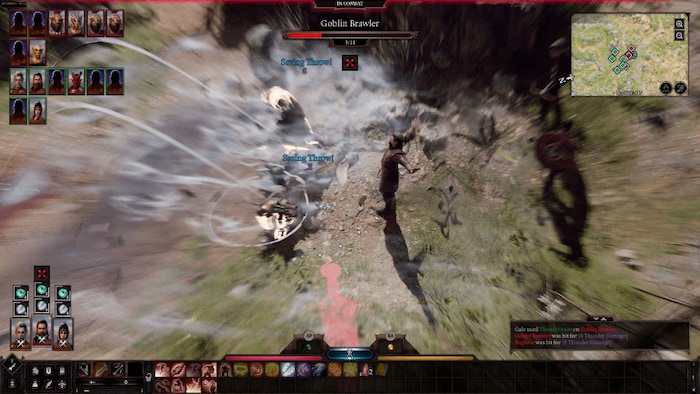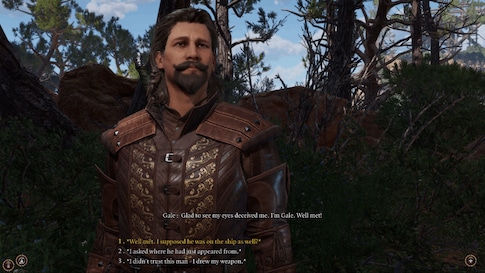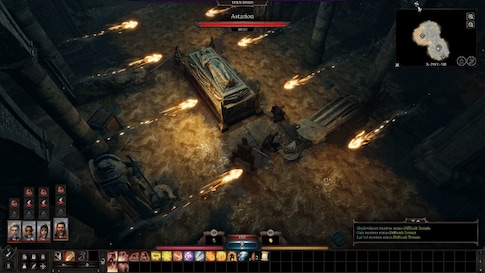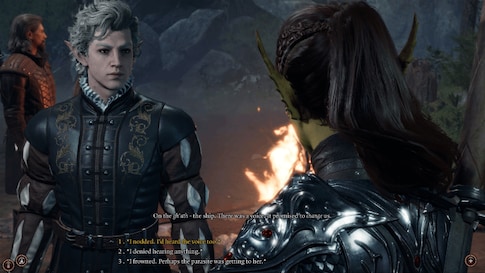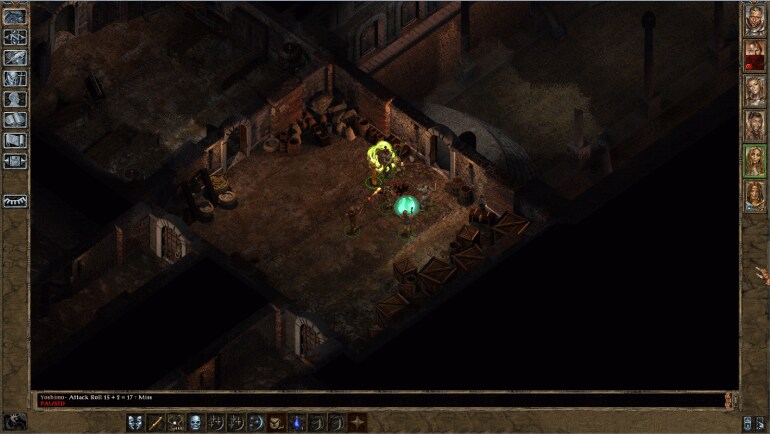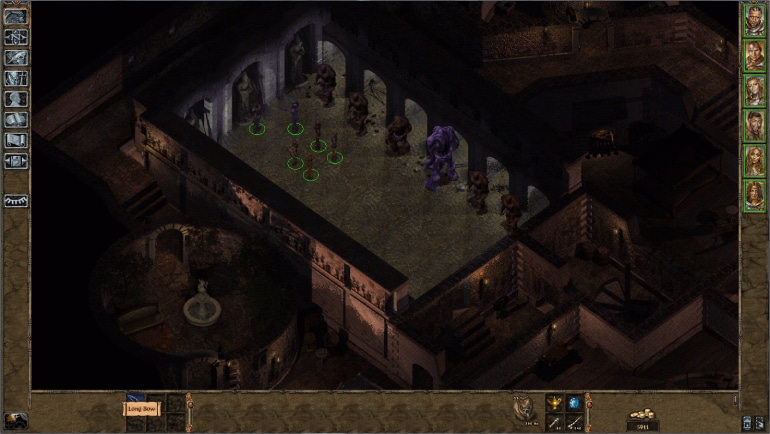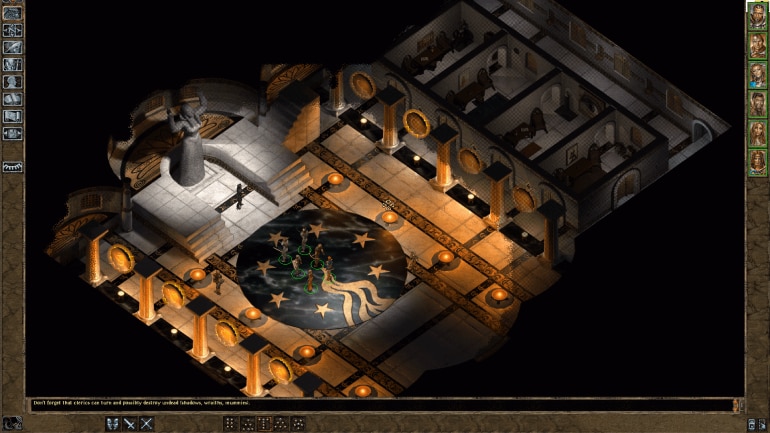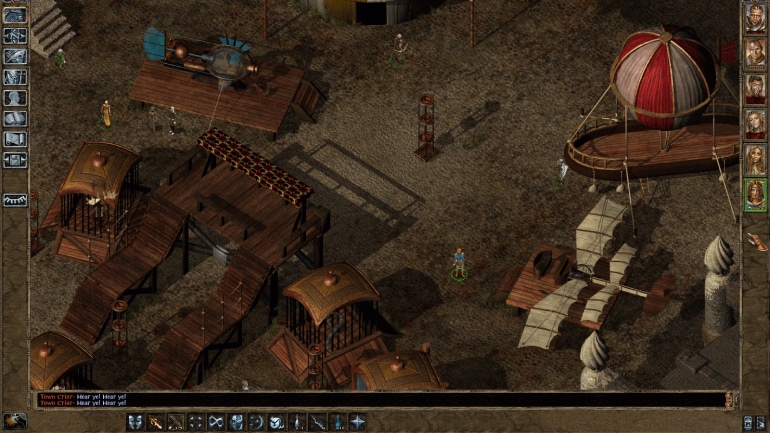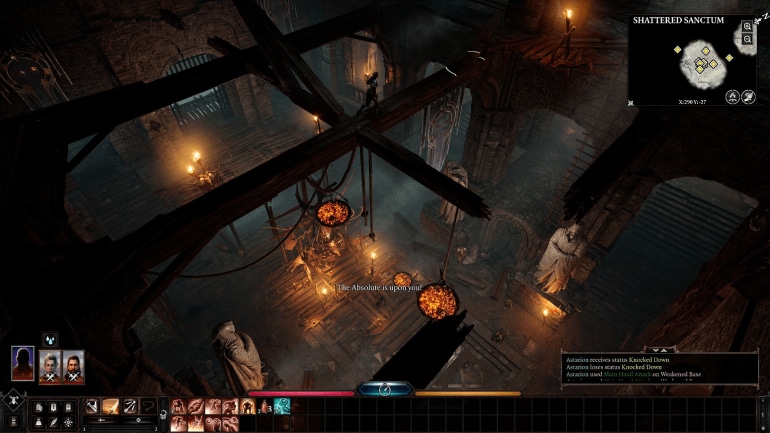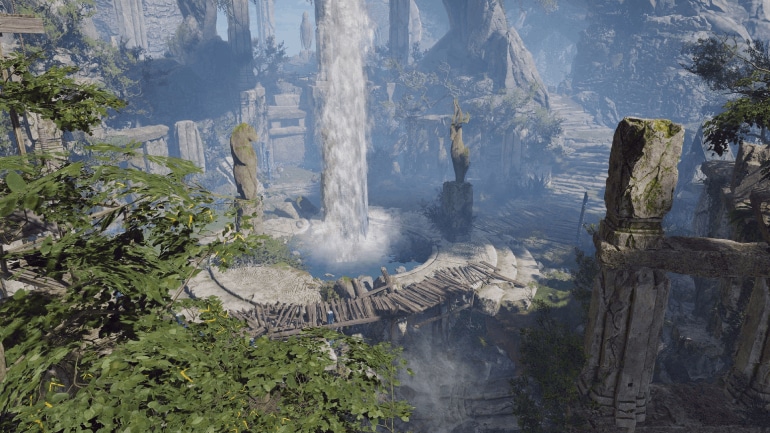Baldur’s Gate is a series of RPG games that was introduced in 1998, based on the world and rules of the beloved Dungeons & Dragons tabletop role-playing system. This title transformed the landscape of early RPGs and popularized the genre in the Western market.
Just two years after the release of the first installment, a sequel called Baldur’s Gate 2: Shadows of Amn was released, which turned out to be a massive commercial success. However, we had to wait a whopping 23 years for the official release of Baldur’s Gate 3.
Historical Context
Around the year 2000, even though the gaming market was already well-established, many Western titles still lacked that “something special.” There were very few games with engaging and deep narratives. At that moment, Baldur’s Gate 2, a much more extensive and improved sequel to the first part, was released, captivating players from around the world and earning the title of a masterpiece.
In 2020, Baldur’s Gate 3 was released in Early Access. It was still a work in progress, with only the first act of the story playable. It took the developers three years to complete the game, striving to meet the demands and needs of modern gamers. The official release was well worth the wait, as the game immediately became a success.
Game Development and Studios Behind Them
The first two Baldur’s Gate games were created by BioWare, a Canadian studio. BioWare had always focused on games with expansive worlds, storytelling, and deep narratives, which contributed to its international recognition. Unfortunately, after the studio was acquired by Electronic Arts, it gradually fell into decline.
A significant player in the development of Baldur’s Gate was Wizards of the Coast, which has held the Dungeons & Dragons license since 2007. For years, many developers sought the opportunity to take over the brand, but unsuccessfully. One of them was the Belgian Larian Studios, which initially faced rejection from the Wizards. However, Larian’s 2017 game, Divinity: Original Sin II, changed everything. It impressed the publisher enough to grant Larian the rights to continue the BG series.
Game Engines and Technical Aspects
In terms of technical aspects, the two games differ in many ways, including the game engine. The most apparent difference is in the graphics, which is not solely due to the 20-year technological gap. Baldur’s Gate 2, like its predecessor, runs on BioWare’s Infinity Engine, designed for simple isometric cRPGs.
In BG3, an entirely different, modern engine called Divinity Engine 4 is used, ensuring a smooth and bug-free gaming experience. Its optimized and user-friendly design guarantees a seamless playthrough without any glitches.
Game World and Environment
Another difference between the two titles is the world and environment. Although both games are set in the fictional world of Forgotten Realms on the continent of Faerûn, BG2’s world was way less diverse. This is because the world depicted in Baldur’s Gate reflects the paper D&D, which has been supplemented and detailed over the years (BG2 drew from the second edition of Advanced Dungeons & Dragons). The maps in BG2, although physically larger, lacked many details that were added by creators over time.
The world you can explore in BG3 is much more detailed and “alive”, based on the fifth edition of Dungeons & Dragons. The improved graphics and technological capabilities of the new engine add to the experience.
Character Development and Customization
The process of character creation has also significantly changed over the years. In Baldur’s Gate 2, at the beginning of the game, you could choose your character’s gender, race, class, skills, etc., but the choice of appearance was quite limited and essentially involved selecting one of a few available avatars. Ultimately, this had little impact since the character’s appearance was not prominently visible during gameplay.
In BG3, on the other hand, you are greeted with a large and elaborate character creator where you choose your character’s features and then personalize them according to your preferences. You can also select one of several origin characters.
Gameplay Mechanics
Differences can also be seen in gameplay. Both Baldur’s Gate 1 and 2 featured turn-based combat with an active pause system.
In Baldur’s Gate 3, turn-based combat is still an option, but it is much more complex and requires players to employ various tactics and strategies, making it more immersive. It’s worth noting that combat arenas in this part of the game are not just “flat surfaces.” Battles take place in various environments, considering the terrain, which can be interacted with, such as setting it on fire to deal more damage to enemies.
We must also mention the way dialogue options and various actions are played out in BG3. In Baldur’s Gate 2, the mechanics of rolling dice were off-screen, and as a result, players only saw the randomly generated results of actions or dialogue options. In BG3, real-time dice rolls are observed, determining the success of certain actions or dialogue choices.
In terms of the length of the main storyline, BG2 is undoubtedly the longer game. However, the depth and expansion of the world, along with the multitude of side quests and ways to resolve them, work in favour of Baldur’s Gate 3.
Storyline and Plot Progression
Another obvious difference lies in the storylines of the games. In Baldur’s Gate 2, the game begins in the dungeons of the menacing and powerful mage Jon Irenicus, who is trying to seize the power of your character. You manage to escape and lead to Irenicus’s capture by the authorities.
However, the adventure is just beginning at this point, and the main storyline continually focuses on your escape and ultimate defeat of Irenicus. The decisions you make affect your relationships with NPCs, your reputation, but not the direct outcome of the game.
The events in Baldur’s Gate 3 are not a continuation of those seen in BG2. In the third installment, you start your adventure on a flying monster-ship, where you and your party have been infected by Illithid tadpoles, whose purpose is to take over the host and transform them into mind flayers. Your task is to find a way to get rid of the parasite. During the game, you uncover the mastermind behind the plot. The game’s plot is non-linear, and both how you reach the conclusion and what it looks like depend on your decisions.
Soundtracks and Audio Experiences
Everyone who had the chance to play it remembers the memorable tunes of Baldur’s Gate 2. The atmospheric medieval-fantasy music added incredible depth to the gameplay and literally ingrained itself in the minds of generations of players.
BG3 opted for a slightly calmer soundtrack, offering players an immersive ambient and orchestrated brilliance during battles. This choice serves as an excellent backdrop for the events in the game.
Summary: Choosing Between Two Masterpieces
So, which game is better? It all depends on what you expect from your gaming experience. Apart from the name and setting in the same world, Baldur’s Gate 2 and Baldur’s Gate 3 are entirely different games, differing in graphics, mechanics, gameplay, the depth of the narrative, relationships with non-playable characters, and many other features. Which one you choose depends entirely on your preferences, but in our opinion, both are masterpieces worthy of your time and attention!

